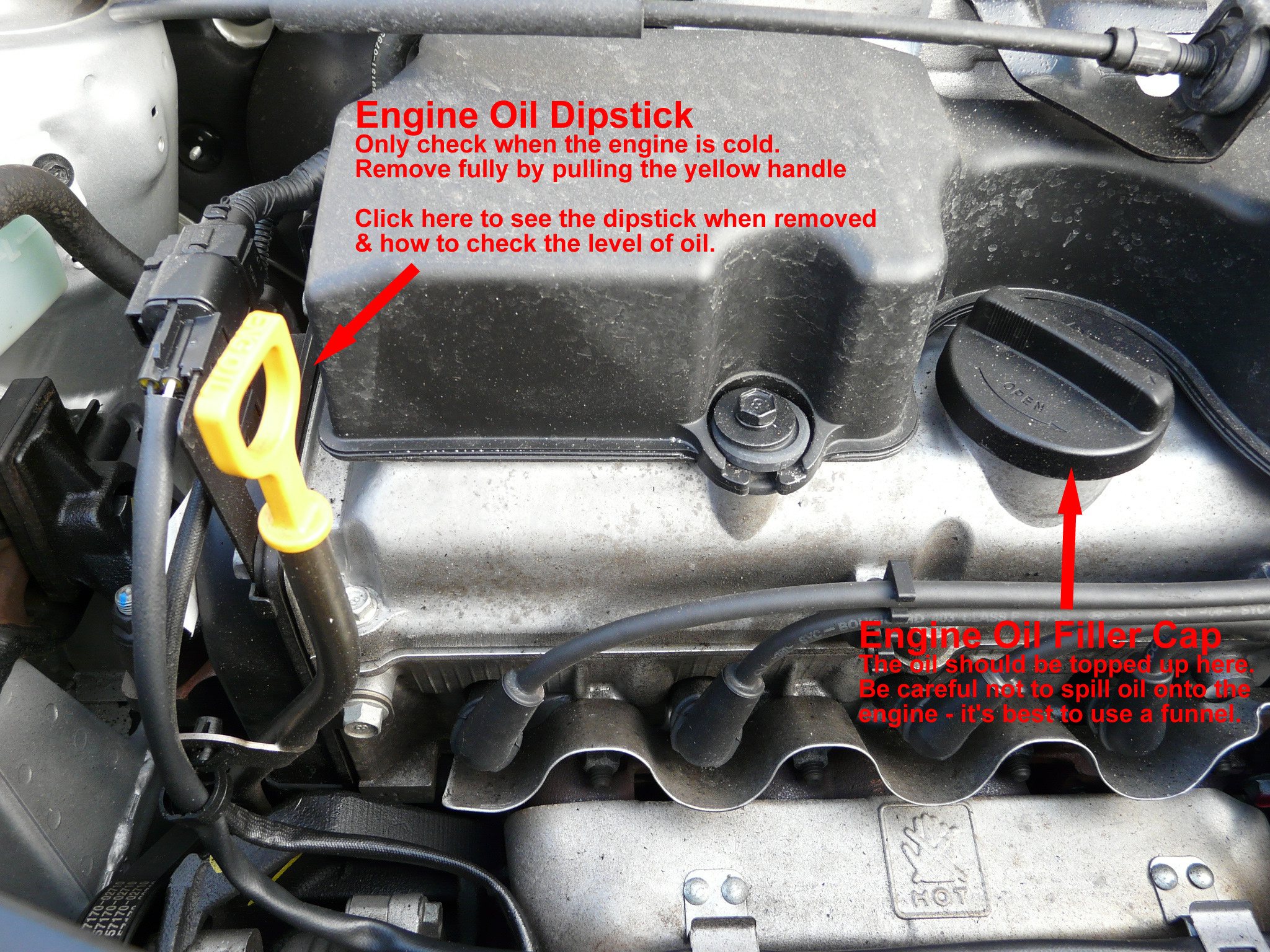This is the public 'free-view' page of our students area - to get full access to the private area, you need to be taking lessons with PHD. Log in using the link to the right.
|
Revision POM Routine Prepare - Observe - Move Use this routine when moving away from the side of the road or whenever you are moving off from a stationary position during a manoeuvre. Prepare - Press the clutch pedal in, select 1st gear, set the gas & position the clutch near the bite (at the bite if uphill). Cover the handbrake and right hand on the steering wheel. Observe - 360°, usually from left blind spot, through each window and mirrors, finishing with the right blind spot. Signal if necessary for oncoming traffic or any other road-users. Move - Release the handbrake, keep gas set (revving), gently lift clutch to the bite & hold the bite until the car reaches walking speed, gently fully release the clutch - steer into a normal driving position as the car moves off (1 metre, a door width from the kerb). |
Revision Following Distances The highway code advises that you should always keep far enough back from the vehicle in front to be able to stop safely within the distance you can see to be clear ahead. You should always keep back at least your overall stopping distance (thinking and braking distance)
In wet conditions, allow twice the normal distance. In snow and ice, allow up to 10 times the normal distance. |
Test Preparation Show Me / Tell Me Questions The 'Show Me / Tell Me' questions are asked at the start of the practical test and are based on general car maintenance and safety checks. A few examples of the questions are listed below: Q - Open the bonnet, identify where you would check the engine oil level and tell me how you would check that the engine has sufficient oil.
Identify dipstick, describe 'pull out, wipe clean', reinsert, take out again and check of oil level against the minimum/maximum markers. Always check when engine is cold. Q - Show me how you would check the parking brake for excessive wear.
Q - Tell me where you would find the information for the recommended tyre pressures for this car and how tyre pressures should be checked.
|

.jpg)
.jpg)